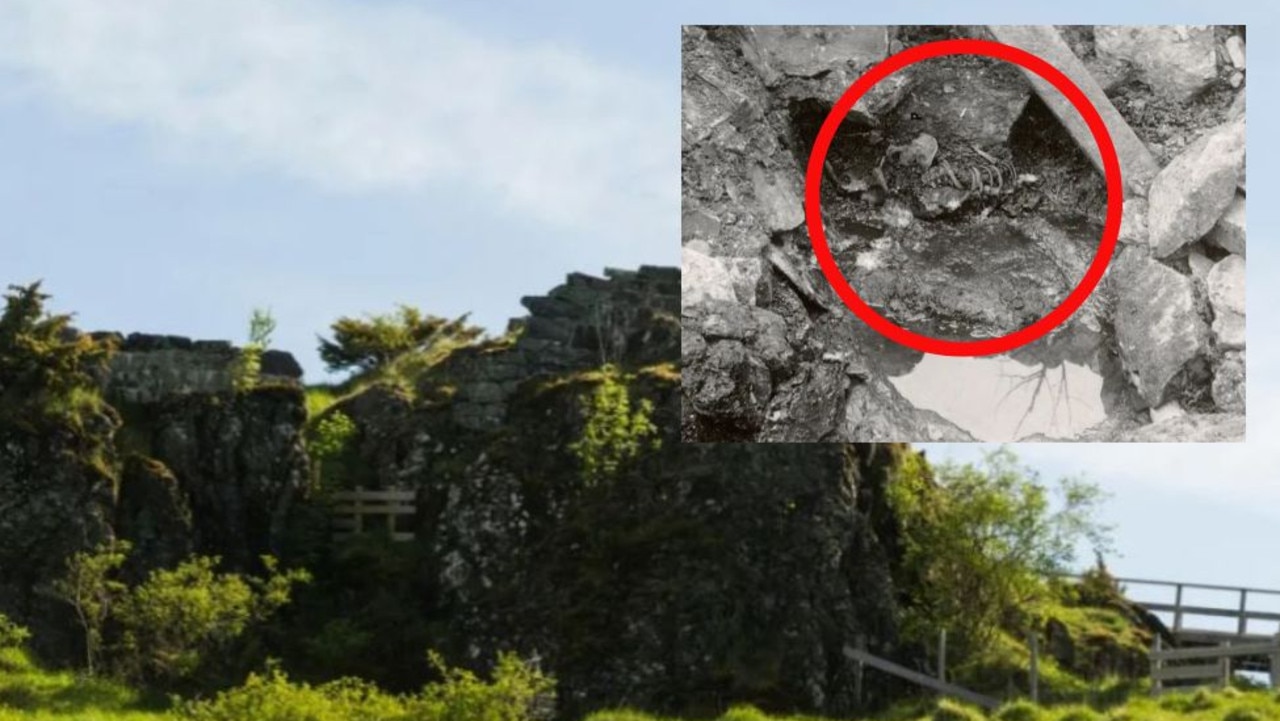Expert issues warning to summer travellers as bed bug populations surge
Originally mistaking the sensation for a bit of sand in the bed, this woman’s well-earned coastal holiday turned into every traveller’s worst nightmare.
Victorian travellers, Justine Martin and Anna McLean were on a much-needed, post-lockdown holiday when they were confronted with every holiday maker’s worst nightmare.
During a long-weekend trip to the Gold Coast in April 2021, Ms Martin was about to go to sleep in resort bed, when began to feel a “crawling sensation”.
Dismissing it at first, it wasn’t until she grabbed at something “rolling” up her neck that she realised the mattress was infested with bed bugs.
“You’re on the coast and when you’re hopping into bed, it felt gritty and I thought it was just sand but that’s actually bed bugs. You don’t realise they leave a trail,” said Ms Martin, speaking to news.com.au.
The resilience consultant and speaker was referring to the particles of excrement left behind by the pests, which she said was all over her bed.
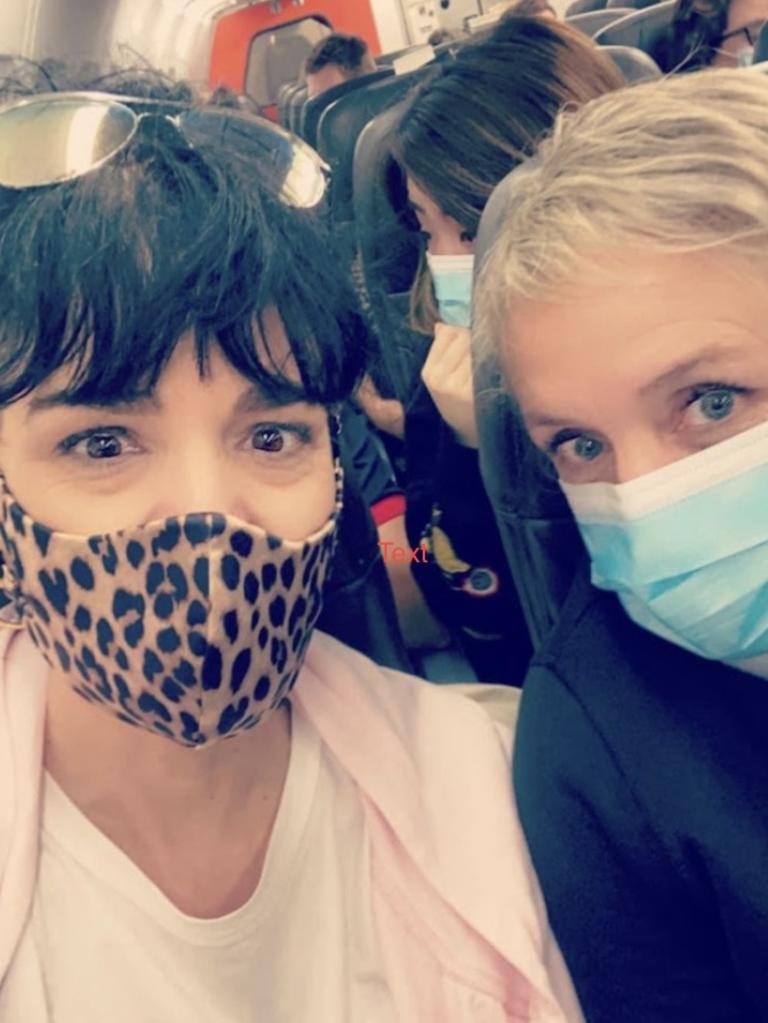
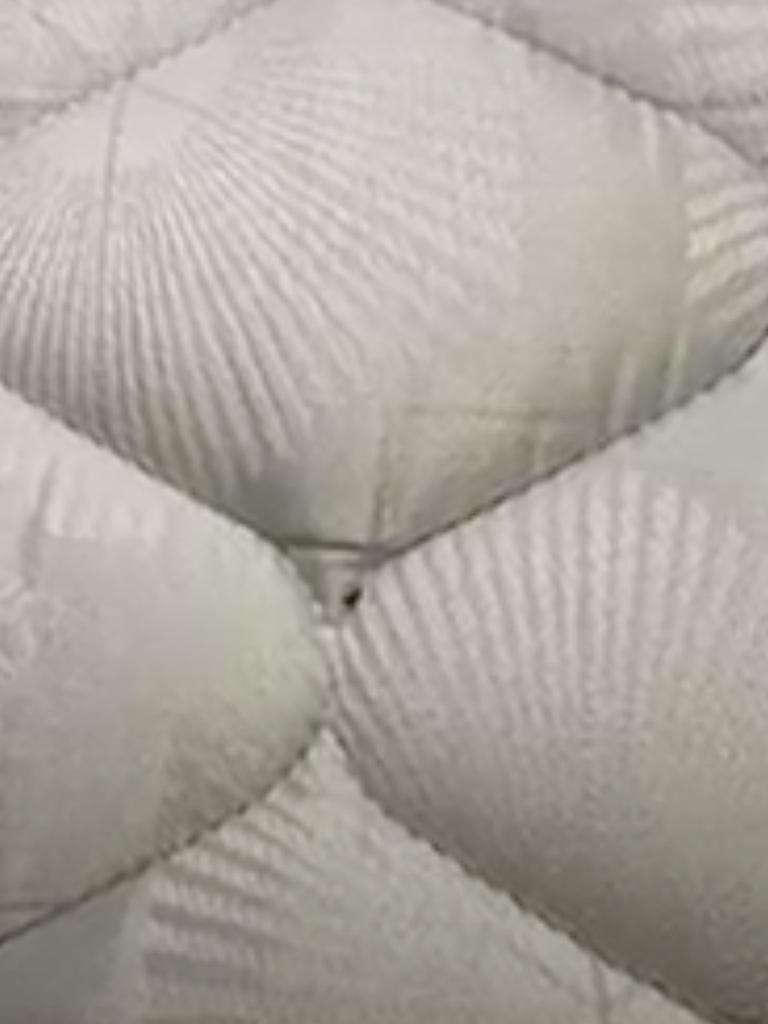
While she managed to pinch and place the bed bug on her neck into a wineglass, Ms Martin said they found more of the parasites once they exposed the bed’s mattress.
“They’re terrible little things and they were all different sizes as well. They had been living there for a very, very long time,” she said.
While Ms Martin and Ms McLean were moved to a different room, the mattresses in the second room also contained bedbugs, which prompted them to change hotels. During the whole ordeal, Ms Martin estimates she saw “a couple of dozen” bed bugs and was left with half a dozen bites, which she described as a “really bad mozzie bite”.
Reflecting on the “surreal” memory, Ms Martin said she’s lucky they didn’t unpack their luggage, even though they were forced to check in to a different and pricier hotel.
“It was disgusting. I can‘t tell you how dirty we felt. We were stuffed, it literally ruined our holiday and we hadn’t slept all night,” she said.
“We just wanted to get away for a weekend.”

With some sources stating that bed bug populations have increased by 5000 per cent since 2000, the parasites are feared for good reason. They leave itchy, welt-like bites on exposed skin, which are often found in clusters or appear in a line.
They can also be difficult to spot. While the adult is roughly the size of an apple seed, the bugs themselves are transparent until they begin feeding. After ingesting blood, their bodies will swell and turn into a reddish, brown colour.
Commonly, the first sign of a bed bug infestation is tiny bloodstains on your bedding from bites, signs of bed bug excrement which look like dark, rust-coloured spots and shedded bed bug skins found in exposed pockets of your mattress or bed. Sufferers may also notice a musty odour, which is excreted by the bug.
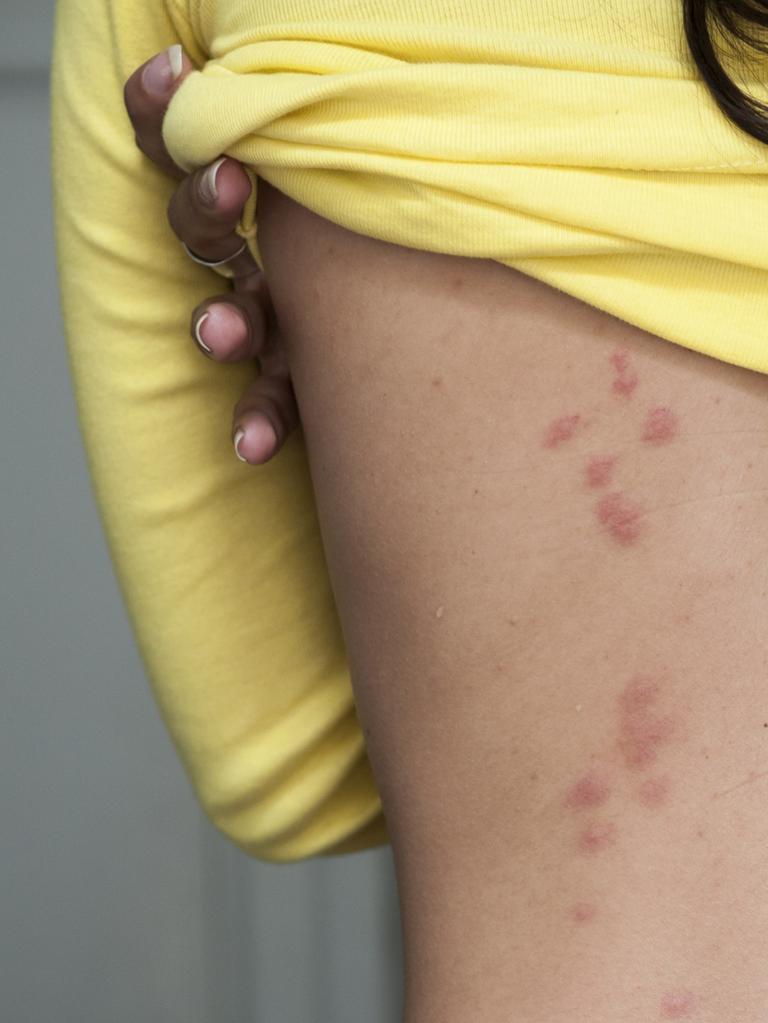
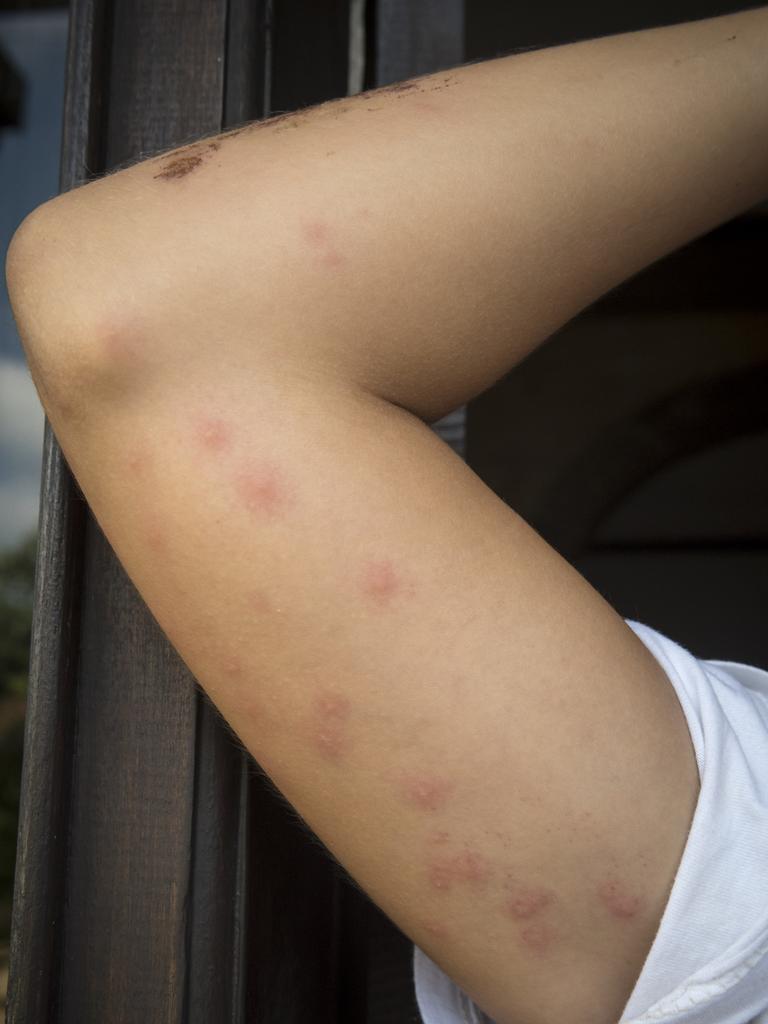
Director and founder of Solace Sleep, Darren Nelson says bed bug infestations are most common in December, January and February, largely due to the warmer weather and increased travel, which helps them spread from holiday homes and campsites back to the bedroom.
The added humidity from La Nina can also allow bed bugs to survive longer in-between blood feeds.
However, contrary to their name, they can live in soft furnishings and brick walls, says Mr Nelson.
“The best way to combat bed bugs is to keep your sheets and bedding clean, with bed bugs twice as likely to be found in dirty sheets and clothes compared to clean,” he says.
“Most people wash their sheets every week or two – but forget about their pillow and doona, going months if not years, between washes.
“Pillows and doonas can go through your washing machine on a gentle cycle, they can be soaked in detergent and blasted in the dryer on hot.”
Unclean can also lead to dust mites, which can cause wheezing, sneezing, runny nose, itchy nose, and nasal congestion in people who are asthmatic or allergic. While the mites are invisible to the naked eye, they’re commonly found in the crevices of pillows and doonas.
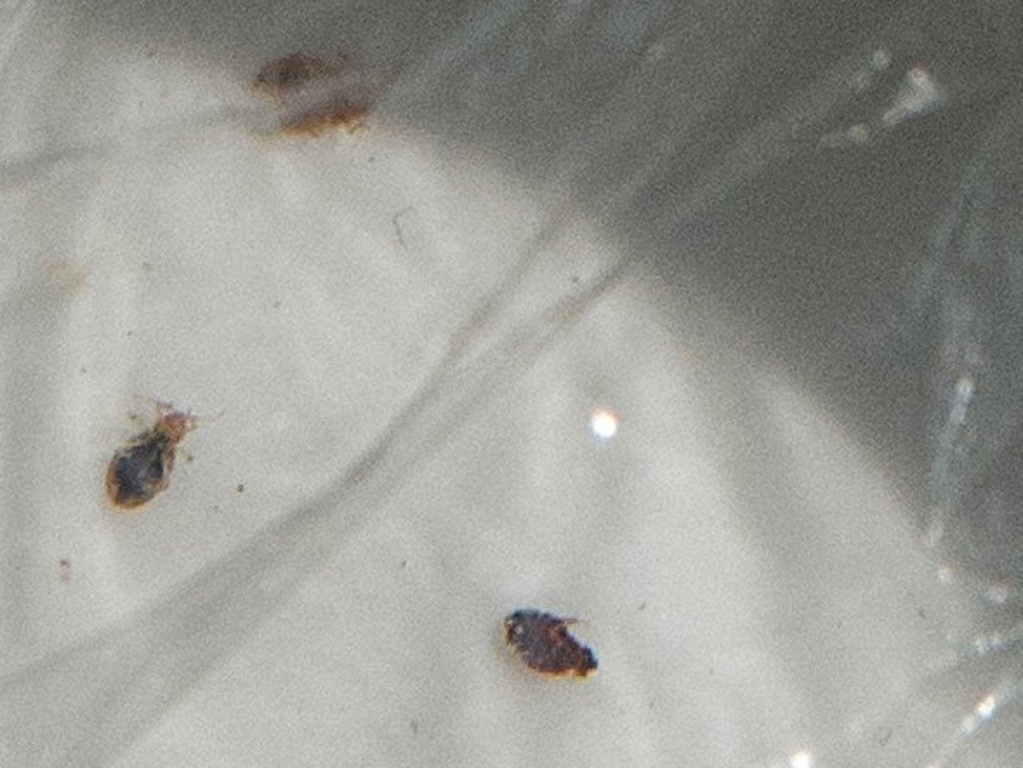
How to avoid a bed bug infestation:
1. Know how often to wash: While a spin through the laundry machine every one to two weeks will suffice, Mr Nelson recommends those with allergies or sensitive skin to consider more frequent washing.
2. Separate for clothes, sheets and towels: This will help prevent contamination. You’ll also want to use hot water and run your sheets through a dryer at a high temperature if you suspect dust mites.
3. Don’t forget your other bedding: “Wash sheets separate to clothes and towel, spot cleaning and marks before washing,” says Mr Nelson. “Use hot water and a hot dryer if there are mites.”
4. Know when to replace: To ensure your sheets stay fresh, Mr Nelson recommends cleaning your pillows and doonas every six months and replacing them every two years.






